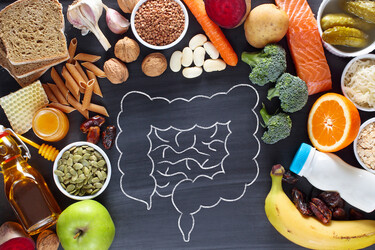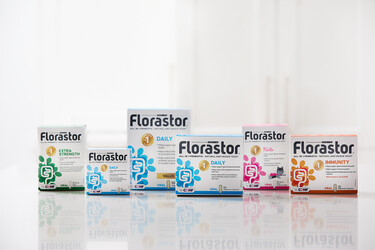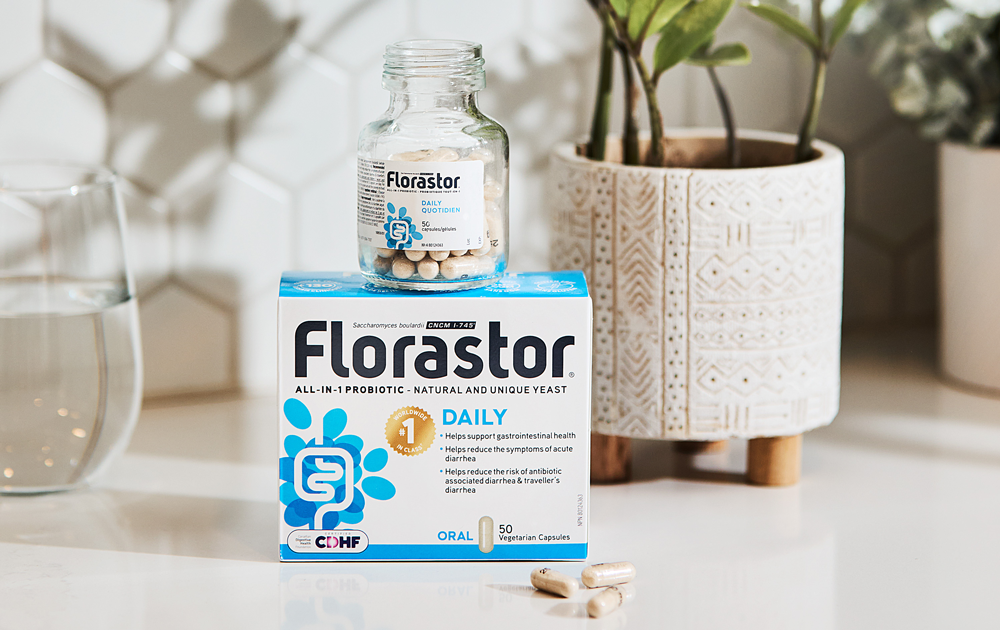The New Year is so often a time for us to reconsider our approach to food, nutrition and general health.
On some level we all have a choice to make as to whether we choose to look at this reconsideration in an additive or subtractive manner.
So often at this time of year you will see a great deal of messaging over emphasizing weight loss and potentially encouraging excessively restrictive and potentially convoluted short-term dietary strategies which aren’t likely to meaningfully influence your health in the medium to long-term.
Today’s article offers a slightly different take on your nutrition new years resolution.
I want to teach you a truly new way of looking at food that focuses on eating in a way to boost your gut microbiome while helping you to understand why that will be such a valuable and worthwhile endeavour.
Let’s get to the good stuff !
Your microbiome: The benefits of balance
When I say boosting your gut microbiome will benefit your health, what I really mean is eating in a way that helps to facilitate the growth and flourishing of your healthy gut bacteria so that they can outnumber the bad.
To do so is to work towards having a “balanced” gut microbiome”.
Now why is that so important for your daily life and your health goals?
One of the big reasons is that a healthy, balanced gut microbiome is much more likely to produce very important compounds known as SCFAs.
SCFAs contribute positively to many important functions in daily life including:
- Immunity
- Appetite regulation
- Blood sugar
- Inflammation
- Bowel regularity
- Stress/Mood/Anxiety
What this really means is that when you eat in a way to “feed” your gut bacteria, you can expect some level of benefit in most or all of these areas.
That sounds like a pretty good new years resolution right?
Feeding your microbiome
The good news is that there are quite a few different types of foods and food component that have the potential to positively influence your gut bacteria.The even better news? These foods are also just generally for very healthy for the whole body.
In today’s post we will focus on foods high in what is known as “prebiotic” fibre.
Prebiotic fibre refers to a family of different types of fibre found in specific foods that are known to be preferentially broken down by our gut bacteria and act as “food” to support their growth, while also supporting the production and release of the beneficial SCFAs I discussed in the previous section.
Now that your new year’s party is over, it’s time for the prebiotic party to begin.
Prebiotic rich foods include :
- Prebiotic Veggies – artichoke, asparagus, broccoli, cabbage, garlic, kale, onion, parsnip
- Prebiotic Nuts - cashews, almonds, pistachios, walnuts
- Prebiotic Legumes - chickpeas, lentils, kidney beans, split peas, soy beans/edamame
- Prebiotic Grains - Oatmeal, barley, all bran cereal, whole wheat bread or rye, couscous
- Prebiotic Fruit – blueberries, cherries, grapefruit, banana, pomegranate, orange, nectarine.
My prebiotic prescription is to set a daily goal of consuming at least one food per day from each of these five food families – doing so for a period of at least two months consistently will almost inevitably have positive effects on your gut microbiome and the associated realms of daily health it contributes to.
The role of Florastor in 2024
Unfortunately, the holiday and new years season can bring more to the table than just festive joy.
All of the factors associated with frequent large gatherings, mass food preparation and winter travel can increase your risk of exposure to viruses and bacteria.
These pathogens often cause acute diarrhea and/or gastroenteritis and can negatively influence the gut microbiome directly and indirectly, the latter being true when antibiotics are required for treatment.
That’s where Florastor comes in.
Florastor’s unique yeast probiotic strain, Saccharomyces boulardii CNCM I-745, is the gold standard choice for use in response to or antibiotic associated diarrhea, as well as to minimize the negative effects of antibiotics on the gut microbiome.





